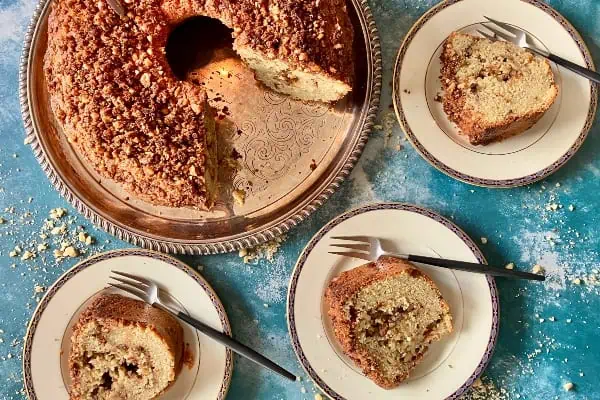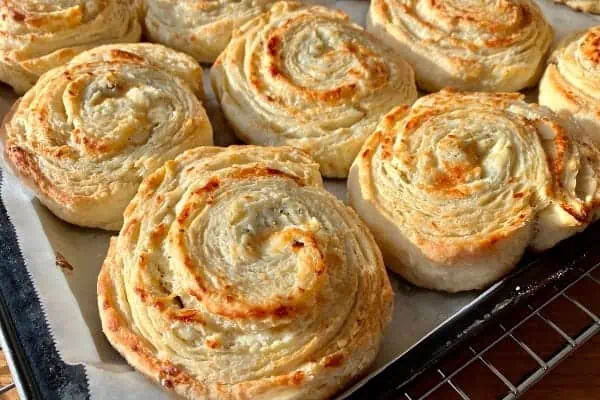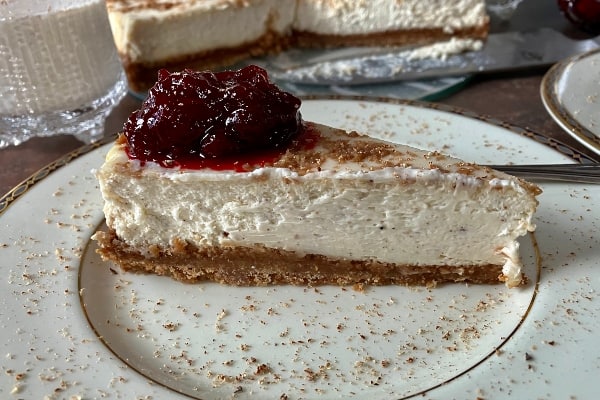I have become bread-obsessed.
There is a fine layer of all-purpose flour on surfaces in rooms nowhere near the kitchen. A person suffering from celiac disease might keel over at the threshold of my front porch. (Sorry, Aunt Pat.)
Who gets obsessed with baking bread in the middle of one of the most beautiful Yukon summers in recent memory? Me, apparently. Here’s how it happened:
After devouring every other cooking documentary on Netflix, I was excited to see Cooked, produced and narrated by Michael Pollan, author of The Omnivore’s Dilemma and Food Rules. The show is a four-part documentary on the human relationship with food and fans of food or the David Attenborough series Life would like it.
What struck a chord with me was the episode on bread. Bread is the whole package: it’s comforting, nutritious and has an infinite number of variations based in tradition and culture.
I learned that making bread used to be much more time-consuming.
Before the industrialized food industry made instant yeast a necessity in order to get bread to the masses quickly, all bread was basically sourdough. However, a more efficient production system comes with a cost. While the evidence is not conclusive, Pollan and others question whether some food sensitivities such as gluten intolerance are tied to modern industrialized food practices.
Enter “wild yeast”. Once I learned that anyone can make sourdough – a slow-rising bread using yeasts found naturally in the air – and that the process of fermentation actually helps bread to become more digestible, I had to try it.
After some research, I realized many recipes online were adaptations of the Basic Country Bread from the book Tartine Bread by Chad Robertson, published in 2010. So I went to the source and checked out one of the copies available at Yukon Public Libraries.
Tartine Bread is an ode to this simple food, with a spare design featuring black and white photos by Eric Wolfinger, a former apprentice of Robertson’s, and a writing style that reads like a memoir. But Tartine Bread is anything but simple.
Baking with Tartine Bread is not a weeknight project. It’s less of a cookbook and more of a journey.
This book for me has been the perfect combination of intellectual, political and domestic. I have learned terms like “leaven” and “autolyse”. I have a new appreciation for the time and effort needed to make real, good food. My kitchen has a growing collection of bannetons, which are wicker baskets for proofing bread that, while not entirely necessary, leave a beautiful pattern on the loaf.
And the bread? Oh dear.
There is a delicious reward waiting for you if you take the time with this book. On baking day, I just accept I will eat a whole loaf.
I am returning Tartine Bread for now; I have reached the renewal count. If you happen to check out the Carmacks Public Library copy, I apologize in advance for any flour residue on page 48.




